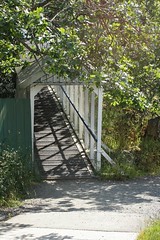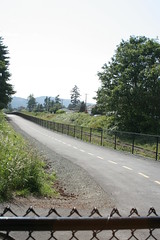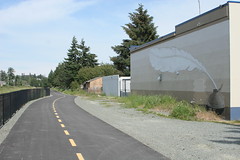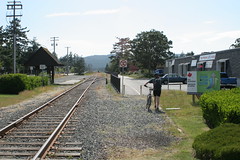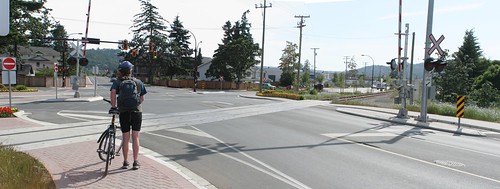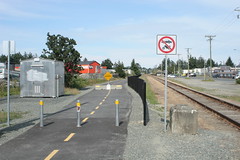Two different projects are seeking public input next week, although only one really connects to Oak Bay directly.
The first is the Oak Bay High Project, which is on a crazily-tight timeline to have shovels in the ground by this time next year, so they have scheduled a series of open houses on a potential “neighbourhood learning centre“, a relatively new concept the province is championing for using schools beyond school hours. This is where the space for the full theatre may come from, or a host of other options. What is at stake? The NLC can add 15% to the space of the school — some 1500 sq m in total.
Also seeking input is the latest stage of the BC Transit Victoria Regional Rapid Transit plan, which continues to confuse me with regards to the West Shore. The premier recently announced at the UBCM annual conference that Victoria’s rapid transit project was getting funded (with unknown monies), and the text of his speech says this:
We need to get the rapid bus launched in the capital regional district,
Which leave me confused. Because they have decided to use the E&N rail corridor in Langford and I just don’t see the Island Corridor Foundation and CRD Parks giving up on their dream of an E&N rail trail to allow buses to run beside the rail line (and the rail line is not going away. The ICF owns it outright and only they — meaning the collective municipalities and native bands along the line — can decide otherwise). And their consultations this week include “a showcase of rail and bus options.” So is the premier wrong is the or is something unexpected in the works?
So if you want to attend all of these open houses and workshops, your week would look something like this:
Sun: Oak Bay NLC consultation, 1pm – 3pm, Monterey Rec Centre, 1442 Monterey Ave
Tues: BC Transit Open House, 2pm – 7pm, Ambrosia Event Centre, 638 Fisgard St.
Oak Bay NLC consultation, 7pm – 9pm, Oak Bay Rec Centre, 1975 Bee St.
Thurs: BC Transit, 3pm – 8pm, Langford Legion, 760 Station Road

